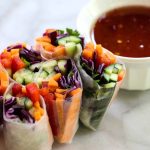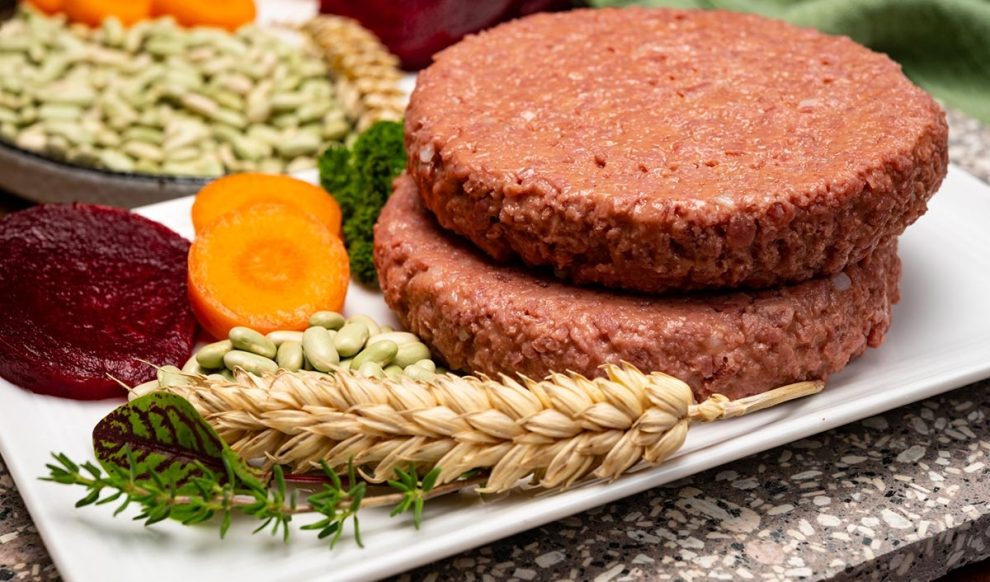The growth of plant-based diets has reshaped the global food landscape, with textured soy protein at the forefront of this revolution. A versatile, affordable, and nutritious ingredient, textured soy protein (TSP) is quickly becoming a key component in the development of meat alternatives, providing a sustainable and healthy option for vegan, vegetarian, and flexitarian diets. As demand for plant-based food products continues to surge, TSP is meeting consumer needs with its ability to mimic the taste, texture, and versatility of traditional meat products.
What is Textured Soy Protein?
Defatted soy flour, which has been treated to remove the oil, is used to make textured soy protein. It is then boiled under high pressure to give it its distinctive texture. This process involves the extrusion of soy protein into various forms that resemble the fibrous structure of meat. Depending on the desired application, TSP can be found in different textures, such as chunks, granules, or filaments. It is often used as a meat substitute in vegetarian and vegan recipes due to its high protein content, minimal fat, and ability to absorb flavors well.
A Sustainable Solution for Meat Alternatives
As the global population continues to grow and concerns over the environmental impact of meat production mount, TSP is emerging as a sustainable and efficient alternative to animal-based products. Textured soy protein bulk production offers an eco-friendly solution, as soybeans require fewer resources like water and land compared to livestock farming. Soy protein also has a smaller carbon footprint, helping to combat climate change while providing a nutritious source of protein for the growing vegan and vegetarian market.
Plant-based burgers, sausages, and ground meat are examples of TSP-based goods that have exploded in development due to the growing demand for meat substitutes. These items are made to appeal to flexitarians, or people cutting back on meat intake, in addition to vegans and vegetarians. By producing goods that closely resemble the flavor and texture of conventional meat, textured soy protein enables producers to make the switch to plant-based diets more approachable and fulfilling for a larger spectrum of customers.
Meeting the Growing Demand for Vegan and Vegetarian Options
Concerns about ethics, health, and the environment are driving a growing movement toward plant-based diets rather than a fad. According to market research, the plant-based food market is expected to continue expanding at a rapid pace, with textured soy protein playing a central role in the creation of these innovative food products. TSP is an excellent source of plant-based protein, providing all the essential amino acids needed for a balanced diet. This makes it a valuable ingredient for people who are adopting vegetarian or vegan lifestyles and looking for high-quality protein sources.
Apart from its nutritional advantages, TSP is quite adaptable. Manufacturers can modify its texture, appearance, and flavor profile to suit a wide range of product formulations. Whether in the form of plant-based ground meat, fillets, or nuggets, TSP can be used as a meat alternative in countless applications, from frozen meals to fast food and convenience foods. As the plant-based food sector continues to grow, textured soy protein bulk production is becoming an increasingly important part of the global supply chain, ensuring that companies can meet consumer demand while keeping costs competitive.
TSP as a Food Additive
Another important role of textured soy protein in the food industry is its use as a food additive. As a food additive, TSP can improve the nutritional profile of various processed foods without compromising taste or texture. It is often added to products like soups, sauces, and snacks to enhance protein content and improve mouthfeel. TSP’s versatility also makes it an ideal ingredient in the formulation of gluten-free foods, as it offers a plant-based protein source that does not require the addition of wheat or other gluten-containing grains.
Furthermore, the inclusion of textured soy protein as a food additive helps manufacturers cater to a broader consumer base. It can be incorporated into products that target specific dietary needs, such as those with high protein or low-fat content, making it easier for consumers to meet their dietary goals. With growing awareness around health and wellness, more people are seeking out foods that offer added nutritional value, and TSP fits perfectly into this trend.
Conclusion
Textured soy protein is transforming the way we think about plant-based diets and meat alternatives. With its high nutritional value, versatility, and sustainability, TSP is positioned to continue playing a significant role in the growing demand for vegan and vegetarian options. Whether used in bulk for large-scale production of meat substitutes or as a food additive to enhance the nutritional profile of processed foods, textured soy protein is helping to shape the future of the food industry. As consumers seek more plant-based, health-conscious options, TSP is proving to be a game-changer in the quest for sustainable, protein-packed foods that don’t compromise on taste or texture.













